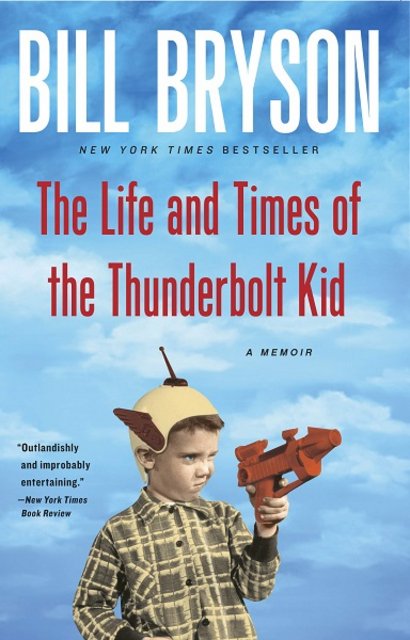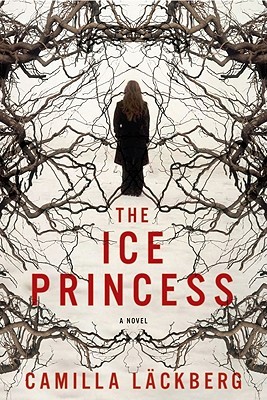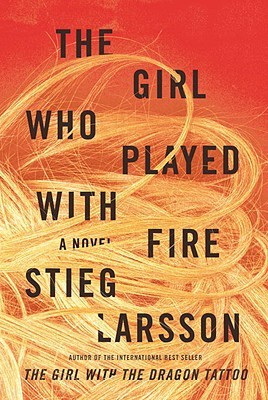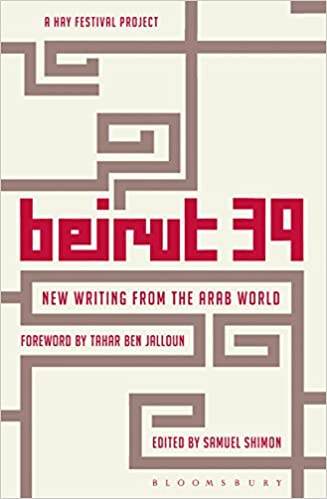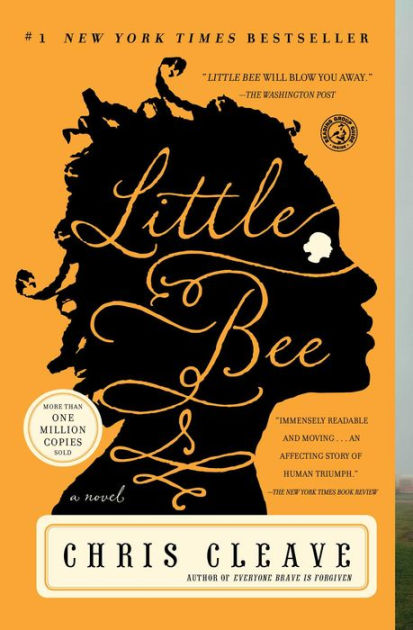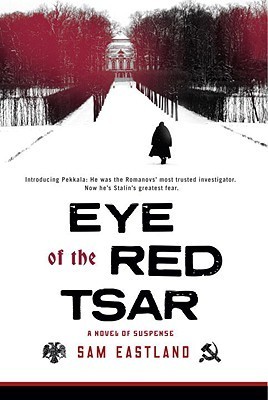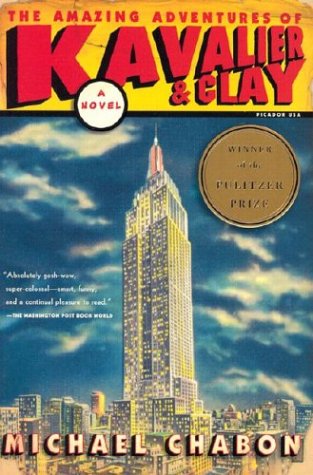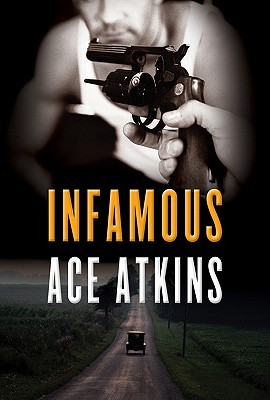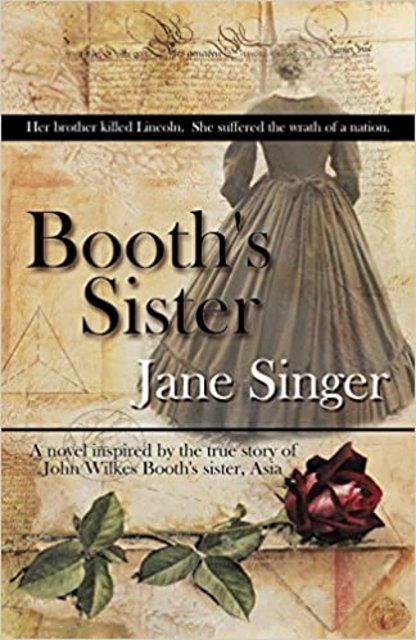A wonderful and witty memoir of Bill Bryson’s childhood journey through the 1950’s. Mr. Bryson goes back to the absurdity of the golden age of his childhood
Läckberg does a masterful job capturing the feel of a small town with lots of history to bury, where every ripple causes a big effect in the lives of people
This is a fun book; the book can be ridiculous at times and riveting at others. Salander, who was somewhat believable in the first novel is taken to extremes
James Monroe s a short biography written by Gary Hart (US Senator, D – CO) about the 5th President of the United States, last one to server in the Revolution
A collection is the product of a literary competition in the Arab world, young authors & poets, all under 40, competed in a contest sponsored by, among others
The story of a Nigerian teenager named aptly named Little Bee whose family had the misfortune of living in a small village on a valuable Nigerian oil deposits
In Eye of the Red Tsar, a fictional tale with historical accuracy, Sam Eastland introduced his audience to the Tsar’s personal detective Inspector Pekkala
The book touches on many themes, such as the role Jewish writers and artists played in American pop culture (like it or not comics are American mythology).
Mr. Atkins breaths life into these characters, George is not the hard nosed gangster we all thought he was, but a big lug who likes the Sunday funnies
From what I understand, author Jane Singer used Asia Booth’s diary as her basis for this book which makes her take on the events following the assassination of President Lincoln unique.

